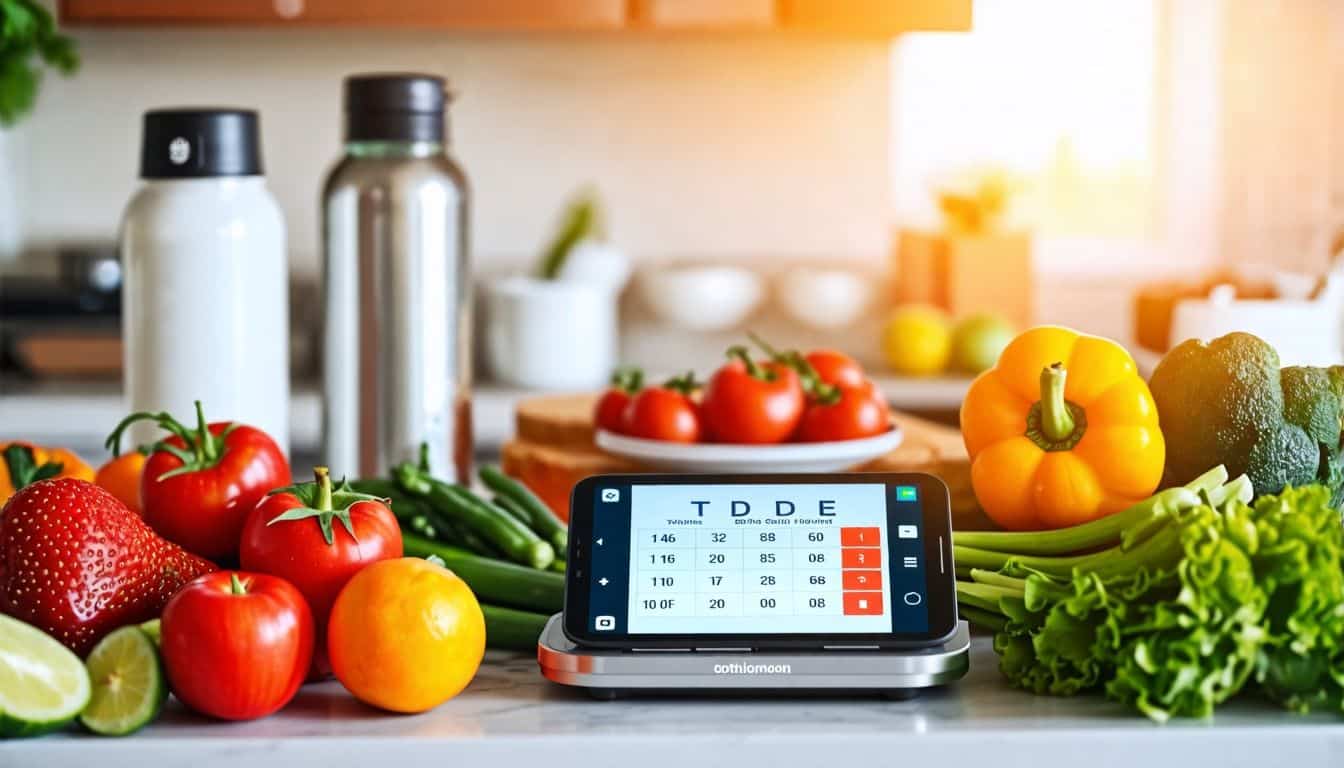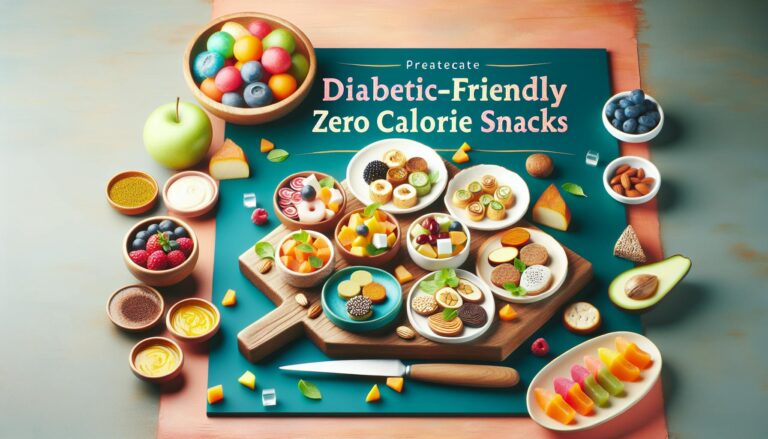Mastering Your Weight with the Ultimate TDEE Calculator Guide
Are you struggling to figure out how many calories you need each day? Understanding your Total Daily Energy Expenditure (TDEE) can help with weight management. As a result, this guide will explain what TDEE is and how to use a TDEE calculator for effective results.
Read on to learn more!
Understanding TDEE: Components and Calculation
Your Total Daily Energy Expenditure (TDEE) depends on several parts. These include your Basal Metabolic Rate (BMR), activity level, and the energy used to digest food.
Basal Metabolic Rate (BMR)
Basal Metabolic Rate (BMR) is the amount of energy that your body needs while at rest. It keeps you alive by supporting basic functions like breathing and keeping your heart beating.
BMR calculation includes factors such as body weight, height, age, and gender.
The Mifflin-St Jeor formula helps to find BMR:
For men: \(10 \times \text{weight (kg)} + 6.25 \times \text{height (cm)} – 5 \times \text{age (years)} + 5\)
For women: \(10 \times \text{weight (kg)} + 6.25 \times \text{height (cm)} – 5 \times\text{age (years)} – 161\)
BMR makes up about 60-70% of your daily calorie expenditure.
Using a TDEE calculator for diabetes can help manage blood sugar levels better since knowing BMR aids in setting accurate caloric goals.
Activity Level
Activity level plays a big role in calculating your Total Daily Energy Expenditure (TDEE). Furthermore, TDEE includes calories burned through physical activity. Use activity multipliers to adjust your TDEE for exercise levels.
These include sedentary, lightly active, moderately active, active, and very active. Each multiplier helps determine daily calorie needs based on how much you move.
For example, someone with a sedentary job who rarely exercises would use a lower multiplier. Meanwhile, an individual who engages in intense workouts daily would use a higher one. Increasing physical activity raises your TDEE.
This means burning more calories even at rest! Now let’s move on to the Thermic Effect of Food which also impacts your TDEE calculation.
Thermic Effect of Food
The Thermic Effect of Food (TEF) is the energy your body uses to digest, absorb, and process nutrients from food. TEF makes up about 10% of your Total Daily Energy Expenditure (TDEE).
For example, if you eat 2,000 calories a day, around 200 calories go to digestion.
Different foods require different amounts of energy to break down. Proteins have the highest thermic effect among macronutrients. About 20-30% of protein calories are used in digestion.
Carbohydrates use about 5-10%, while fats use only about 0-3%. This means diets higher in protein may slightly increase TDEE due to a higher TEF.
Applying TDEE in Diet Planning

Use your TDEE to set daily calorie goals with this helpful calorie calculator tool. Adjust these goals to lose or gain weight based on your needs.
Setting Caloric Goals for Weight Loss or Gain
First, calculate your Total Daily Energy Expenditure (TDEE) using a TDEE calculator. To lose weight, aim to eat 20-to-25% fewer calories than your TDEE. For example, if your TDEE is 2,000 calories per day, reduce it by 400 to 500 calories.
Nikita followed this method and lost 15 pounds in three months.
To gain weight, increase your caloric intake above the TDEE by about 10 to 20%. If your goal is muscle growth, focus on strength training and eating more proteins. Although, tracking these changes can help you understand how long it will take to reach your target weight.
Eating smarter has helped me lose weight and get stronger! – Nikita
FAQs on Using a TDEE Calculator
How do you make sure your TDEE calculations are accurate? You can start by entering your correct data points like weight, height, and activity level.
How to Accurately Use a TDEE Calculator for Effective Results
Using a TDEE calculator can help you manage your weight effectively. Follow these steps to get accurate results:
-
- Gather Basic Information: Collect details on your height, weight, age, and gender. This information is crucial for calculating your TDEE accurately.
- Determine Your Activity Level: Identify how active you are daily. Choose from levels like sedentary, lightly active, moderately active, very active, or extra active.
- Calculate Your BMR: Use the Mifflin-St Jeor equation to find out your Basal Metabolic Rate (BMR). For men: BMR = 10 weight(kg) + 6.25 height(cm) – 5 age(y) + 5. For women: BMR = 10 weight(kg) + 6.25 height(cm) – 5 age(y) – 161.
- Include the Thermic Effect of Food (TEF): Add an estimate for calories burned during digestion, usually about 10% of your total caloric intake.
- Adjust for Activity Level: Multiply your BMR by a factor corresponding to your activity level:
- Sedentary (little to no exercise): BMR x 1.2
- Lightly Active (light exercise/sports 1-3 days/week): BMR x 1.375
- Moderately Active (moderate exercise/sports 3-5 days/week): BMR x 1.55
- Very Active (hard exercise/sports 6-7 days a week): BMR x 1.725
- Super Active (very hard exercise & physical job or training twice a day): BMR x 1.9
Set Caloric Goals Based on Your Weight Objectives
If aiming for weight loss, create a calorie deficit—eat fewer calories than your TDEE suggests to lose fat safely.
Monitor Changes and Adjust as Needed: Regularly check body composition and adjust caloric intake based on changes in weight or fitness goals.
Consult Health Professionals: Seek advice from nutritionists or personal trainers if unsure about factors affecting TDEE like hypothyroidism or unique dietary needs.
Use an Accurate Calculator Tool
Opt for reliable tools like the Forbes Health TDEE Calculator which has guidance from experts at Forbes Health Advisory Board members and was updated in January of this year.
Following these steps ensures that you use the TDEE calculator efficiently to meet health and fitness goals effectively.
Conclusion
The TDEE calculator helps you manage your weight effectively. Additionally, it considers your BMR, activity level, and the thermic effect of food to estimate daily calorie burn. You can use this information to set caloric goals for losing or gaining weight.
Keep track of what you eat and adjust as needed to reach your targets. Finally, eat healthy, stay active, and achieve your fitness goals!







